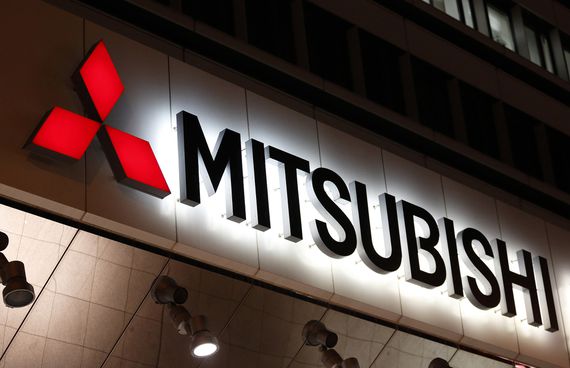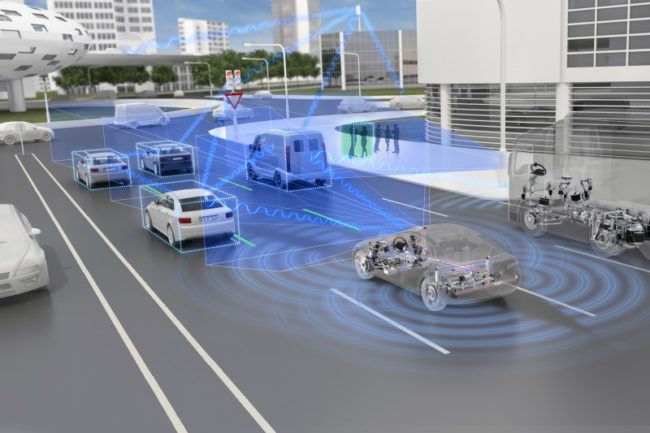From a more powerful rechargeable battery to the future of autonomous shuttle buses, the last several weeks have been eventful for many reasons. Including a report on the most costly commutes in the United States, there is much to talk about this month. Here’s what’s going on:
Worst Traffic Hotspots in the United States
Inrix, an organization that studies commuter and traffic patterns throughout the United States, has just released a report on the five worst traffic hotspots in the country. The report had a surprising revelation! Though New York was ranked worst city for the most amount of traffic hotspots (13,608), it was Los Angeles, which had less hotspots than Gotham (10,385), rank as having the overall worst impact on drivers. By 2026 according Inrix estimates, Los Angeles congestion will cost drivers $91 billion, while New York will cost drivers $63.9 billion. Rounding out the top five are Washington D.C., Dallas, and Atlanta.
World’s First Silicon Dominant Lithium-Ion Battery
Enevate Corporation has just announced that they have just developed the world’s first silicon dominant lithium-ion battery. The battery has already been certified by key global safety and quality certifications for use in smartphones and other devices. What does this mean to us? These batteries are capable of delivering more than four times the energy density of conventional lithium-ion batteries, leading to extremely fast recharging. One of these silicon based batteries can charge to 90% in around 15 minutes. The batteries also provide excellent low temperature operation and more safe with a 40% higher overcharge capability.
Uber’s New Feature Allow Customers to Share Rides
Uber has a new feature called “Express POOL,” allowing clients to share rides to near destination drop-off locations in exchange for cheaper fares. Using this as means to help Uber drivers from diverting from main streets, Uber can now offer its clients up to 25% cheaper fares. To put it simply, this feature creates “smart spots” where drivers can easily pickup a ride. Riders can walk to the smart spots and hitch a ride with other clients and get dropped off at a location within walking distance the final destination.
Advanced Car Technology Development
Mitsubishi is Shaking hands with HERE Technologies to develop the next generation in advanced car tech. This new partnership’s goal is develop services to support advanced driver assistance systems. Some of the tech their hoping offer the market include a smart lane-level guidance for vehicles that is based on real-time information about road and traffic conditions including incidents like crashes or road debris.
US First Autonomous Shuttle Bus Faces Issues
The United States first autonomous shuttle bus service faced an unfortunate crunch but many feel these driverless shuttles may still be the future of autonomous vehicles. The bus, which had an attendant on board, was carrying passengers in Las Vegas when it ended getting slowly squeezed by backing Semi-truck. Because of a vehicle behind the bus, it wasn’t able to avoid the crunch. According to Wired magazine, this accident may not stop this new industry venture from dominating its market. Able to affordably shuttle college students or assisted living elderly from place to place, many more of these autonomous vehicles may be sharing the road with motorist in the coming decades.





